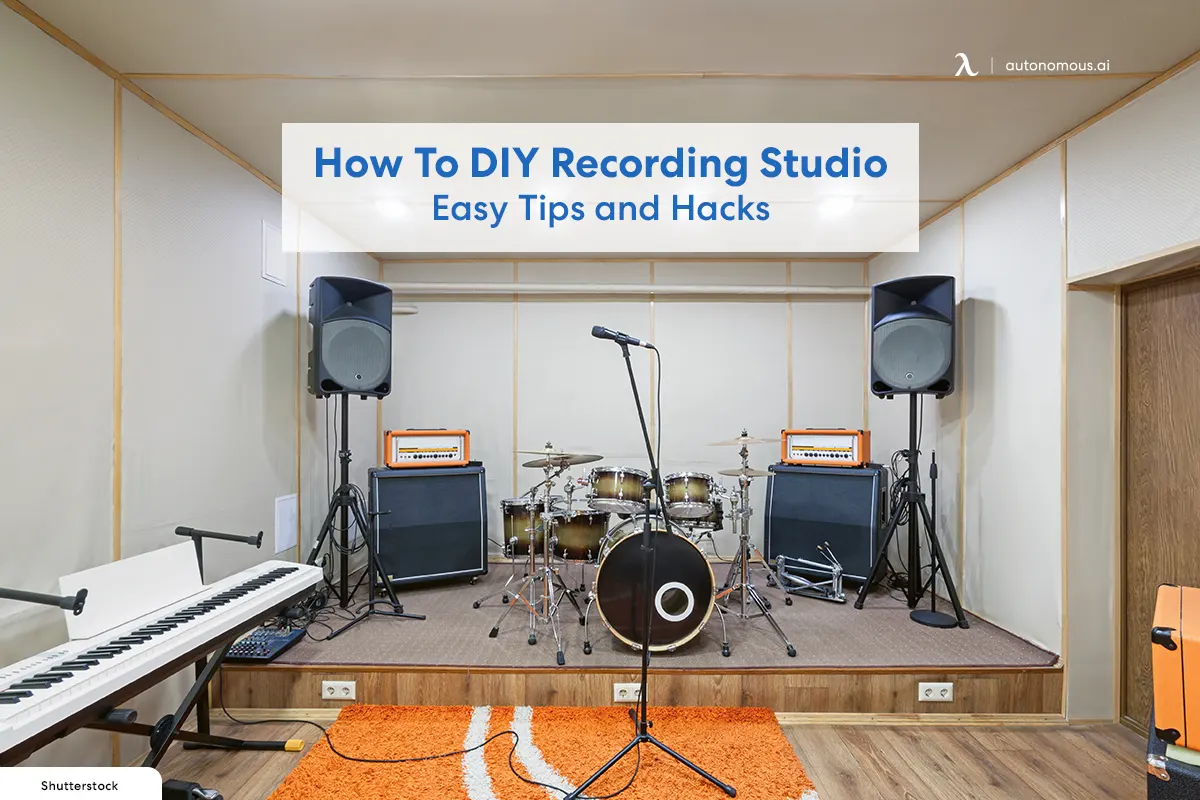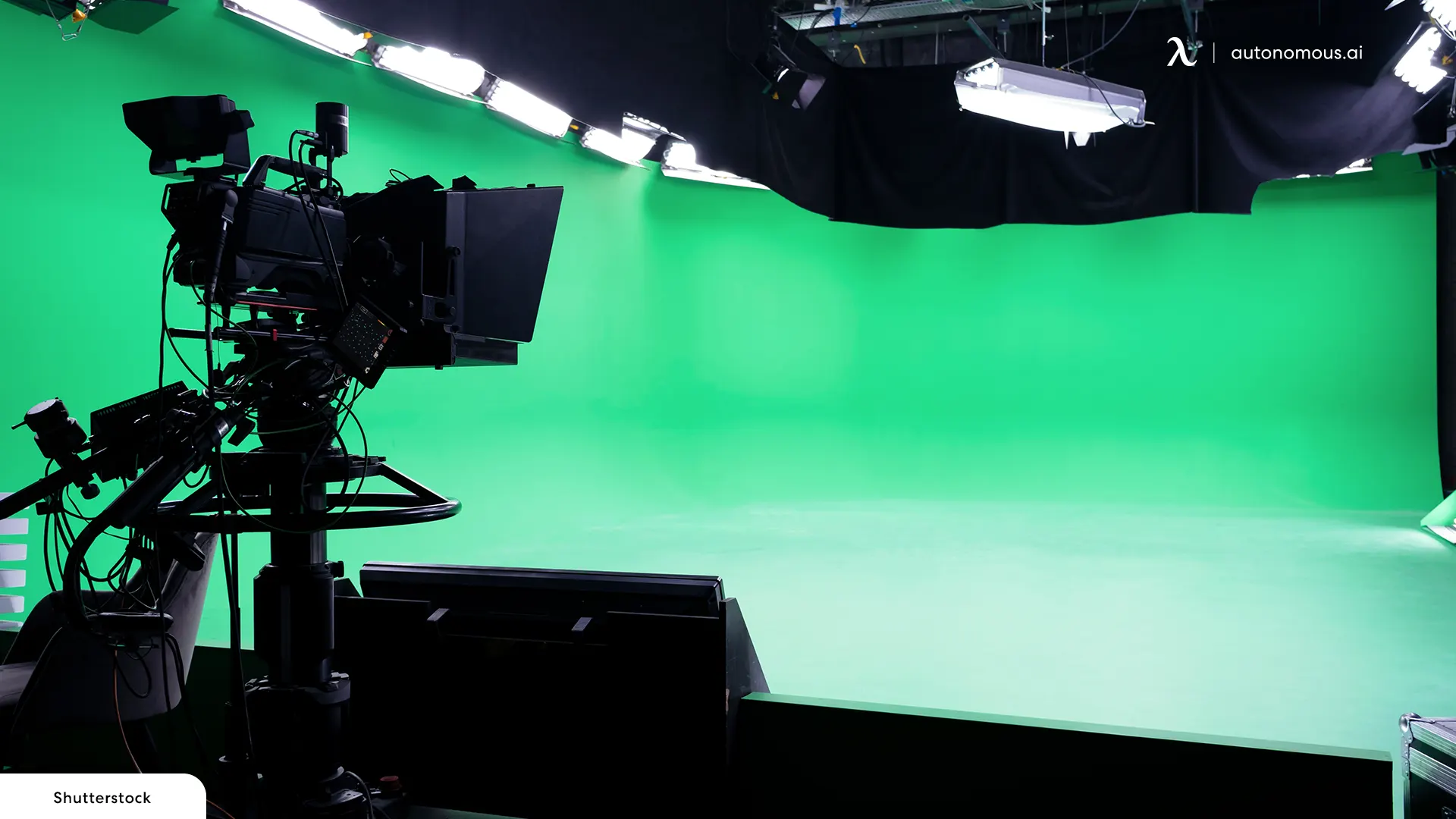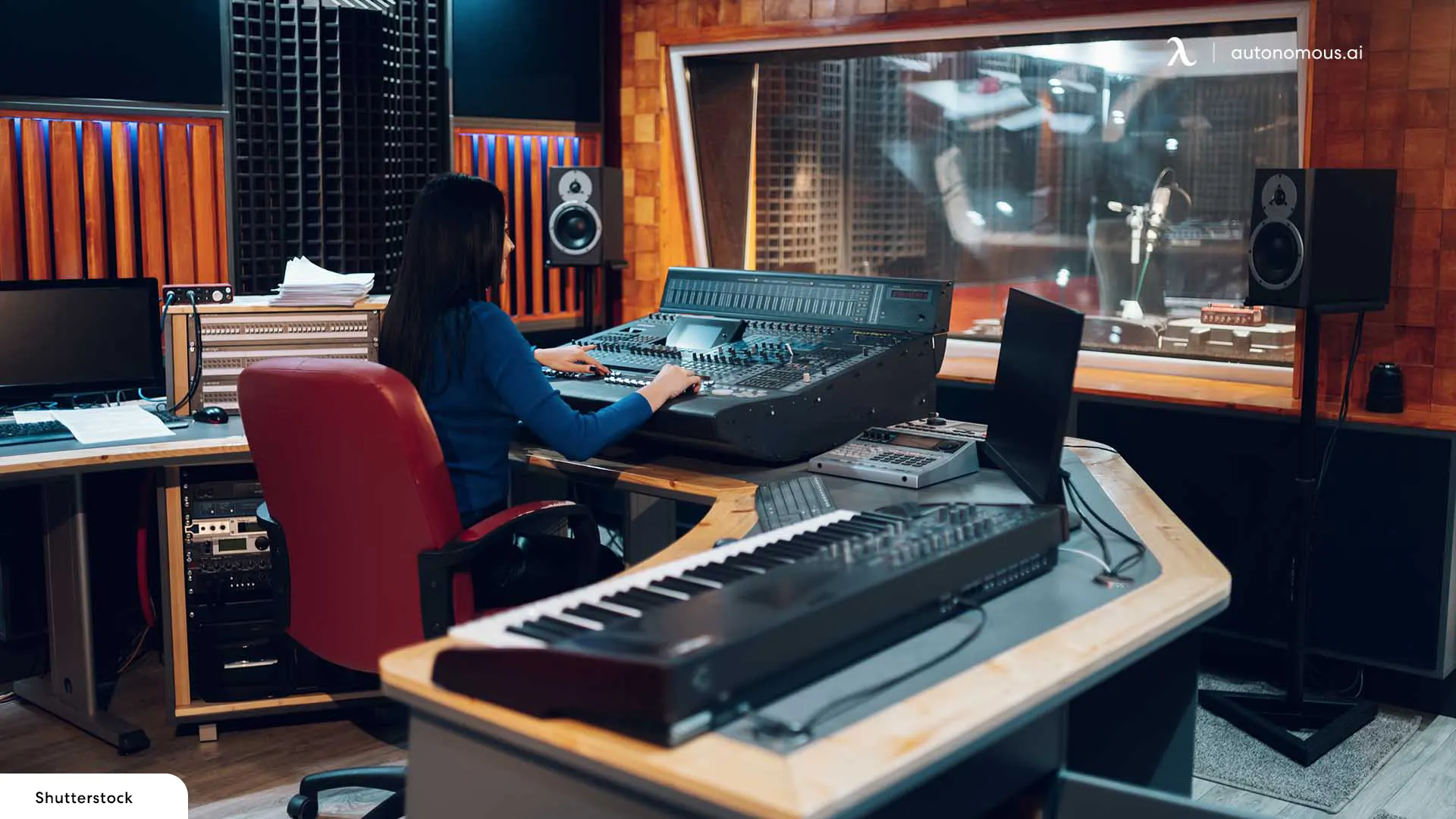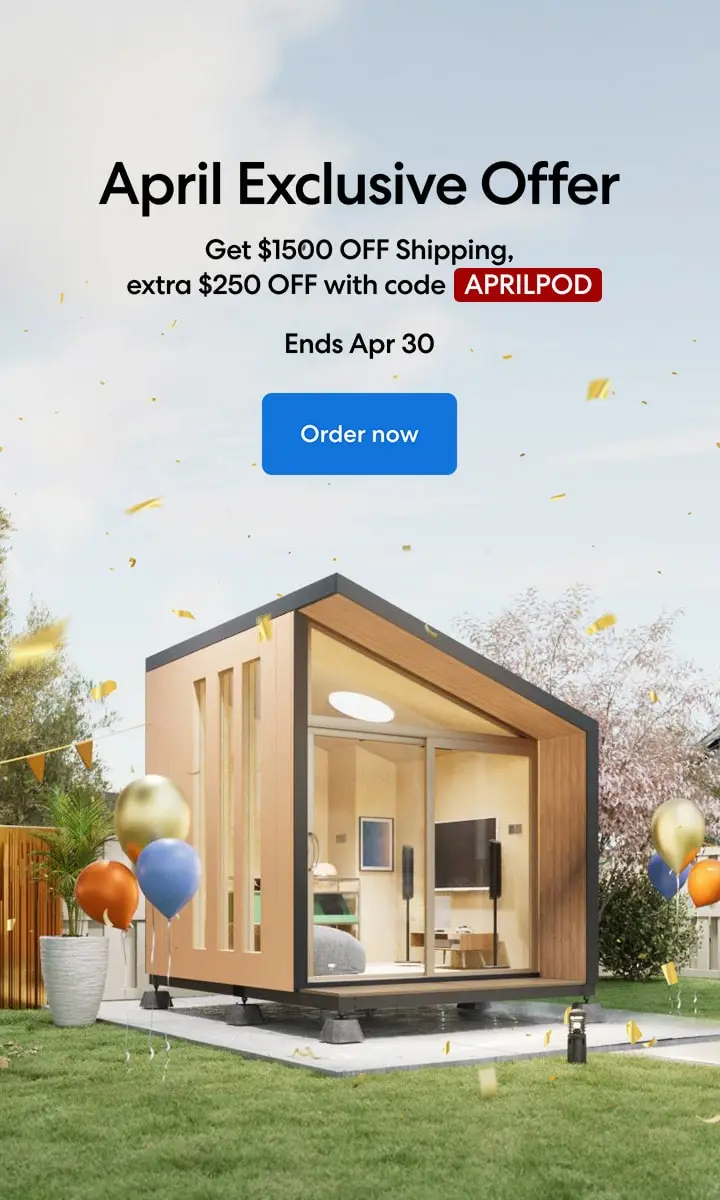
How To DIY Recording Studio | Easy Tips and Hacks
Building the perfect DIY home recording studio does not require a lot of work. You just need the right tools, and equipment and place them in the right way for maximum effect. It's pretty easy to do that too - given all the digital technology we have today for awesome sounds even on a limited budget. The good news for all independent artists and home recording aficionados is that there are ways to build or revamp their studio in a cost-effective way. It begins with a simple assessment of components you need to work on, outlining your needs, shortlisting a few options, and then finding value in the items you may need to purchase.
Having a room of about 20 square meters for your DIY recording studio is the ideal measurement. The equipment required to build a virtual studio varies depending on the situation and budget. A recording and broadcasting studio requires different equipment than a live broadcast studio. Broadcast studio equipment from Chinese DIY recording studio booth manufacturers is a good choice since the technology is high-end and the cost is considerably low.
Green/Blue Box
The green box size must meet the DIY recording studio setup requirements for the camera crane to achieve its full shooting effect. Furthermore, the size of the green box can accommodate the recording of the unicast, double broadcast, interviews, and other multicast programs.

Lighting
The lamps you select must emit uniform, soft light, should not be stroboscopic, are cold light sources (high efficiency, low heat), maintain constant color temperature, and deliver high display and reduction in order to meet the needs of high-definition shooting. It is recommended that the foreground lighting of the characters is illuminated before the blue box lighting of the DIY recording studio room. The blue box can be filled with light for video blueing after the foreground illumination meets the requirements. Light spots or figures should not be visible.
Non-Editorial Equipment
The privacy pod studio's post-editing equipment and recorded films can be edited and special effects added.

Monitor
This is done to prepare the director and host for watching the scene. Due to his position in the green cloth, the host cannot judge where he is in the virtual scene. The host can see his appearance and position using the monitor in your prefab studio shed.
Ideally, you should have a computer with at least 16 GB of RAM and a hard drive with at least 1 TB of space. Some recorders now opt for an iMac after years of frustration with PCs and their inability to network with individual components via drivers.
Mixer
It can amplify and equalize the input channels' signals and add other effects, such as compression. Mixing many sounds into stereo is possible with the mixer. Musicians and actors can be monitored as they return to the stage. Mixers help effectors add reverberation, delay, and other effects to channels.
Audio Converter
Guitars, microphones, and keyboards can be plugged into this peripheral in your small prefab cabin. It will depend on how many devices you need to record at a time and how large and expensive a converter you need. You may find that a 2-channel converter works great if you're recording your guitar, vocals, and keyboard stuff individually. It is recommended that you use a Zoom Tac-2r by top professionals.

Mastering Software
Whether your recordings will be heard on the computer, in the car, or over headphones, it is necessary to have a good suite of Mastering Software. IZotope Ozone 7 is recommended by top professionals for your DIY recording studio.
Your Equipment
You really need to know what you are doing before investing in a prefabricated ADU at home; otherwise, you'll just end up wasting your money. There are essentials such as an audio interface, a digital workstation, studio monitors and headphones, a DI box, dynamic instrument mics, vocal condenser mics, a midi keyboard, the instruments you'll need, synthesizers, plugins, and VSTS.
Then, you should buy or make bass traps and have your room soundproof and treated acoustically. This requires an understanding of how sound waves work. Most people make mistakes here. All in all, it's not a small investment. It's just a very basic setup! Before committing, conduct as much research as possible. Here are a few things you'll need.
- Acoustic-electric guitars or electric guitars with electric pickups.
- Cords for microphones and guitars.
- You'll get better recordings with a more expensive microphone.
- A keyboard (MIDI) would be useful if you want to include strings, drums, or several other colors in your music.
How Do I Set Up A Recording Studio? What Equipment Do I Need?
You only need a computer, microphone, or another input device to record. However, you might need a lot more equipment, If you want to record in a home office shed.
- In order to accommodate all of the musicians you need simultaneously, you need a soundproof room with nonparallel, acoustically treated walls.
- An acoustically isolated control room is necessary for the sound engineer to do their job effectively.
- It is important to have a way to deal with the practicalities, such as fire exits, restrooms, coffee/tea-making facilities, and places for people to sit while they wait (a lot of recording takes place in waiting rooms).
- For different tasks, you need a variety of microphones.
- It is essential to have studio-quality monitor speakers in the control room and in the recording prefab ADU.
- In order to use your Digital Audio Workstation (DAW), you will need a physical control surface unless you are going fully analog, in which case you will need a StudioPod mixing desk.
- Multi-channel audio interfaces and multi-track analog recorders are required for your DAW.
- A suitable computer equipped with multiple monitors and a DAW, such as Pro Tools or Logic, is required.
- It is necessary to have a wide variety of studio accessories, including microphone stands, cables, pop filters, shock mounts, headphone sets for musicians, amplifiers, and music stands.
- A sound engineer is the most important person you need to hire.
Subscribe for a 10% discount on your first order.
Sign up for our weekly update and be the first to know about our specials & promotions.
Verbreiten Sie es weiter


/https://storage.googleapis.com/s3-autonomous-upgrade-3/production/ecm/240417/april-10-off-offer-2024-1920x540-CTA.jpg)
/https://storage.googleapis.com/s3-autonomous-upgrade-3/production/ecm/240417/april-10-off-offer-2024-720x1200-CTA.jpg)
/https://storage.googleapis.com/s3-autonomous-upgrade-3/production/ecm/240415/bulk-order-apr-2024-offer-720x1200-CTA-min.jpg)

/https://storage.googleapis.com/s3-autonomous-upgrade-3/static/upload/images/new_post_author/admin-1.png)